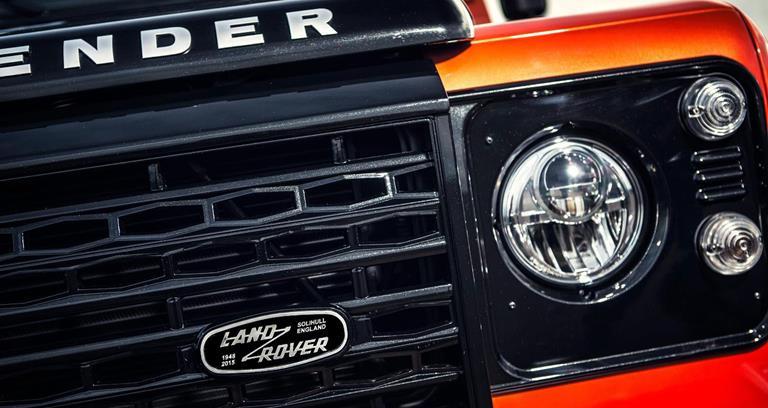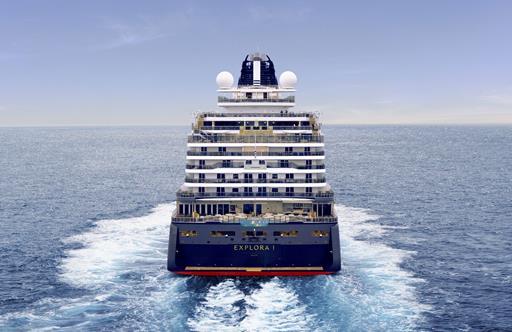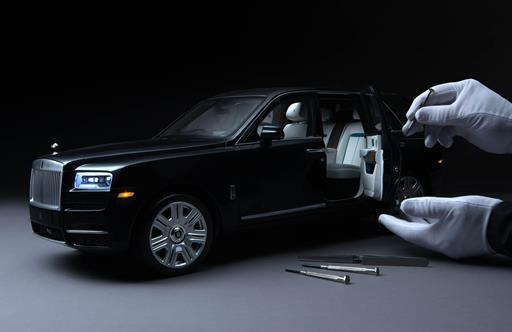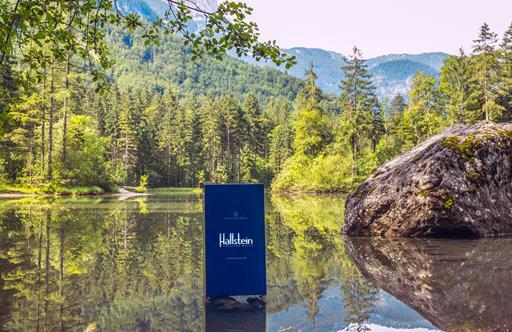The End of the Defender
As legislation brings about the end of the Land Rover Defender, we reflect on the legacy left behind and final editions to come
The leading edge of the bonnet is pointing skyward. Beneath us, the standard-fit road tyres are clawing their way up this soggy and improbably steep bank. Everything is under control and we are making steady progress toward the summit, until the passenger reaches across and turns off the ignition.
The Land Rover Defender, and earlier Series models, have been put in tight spots ever since their wheels first left the tarmac nearly 70 years ago. The word iconic is much over-used but the Defender has truly earned this badge. This is partly because of its pleasing, utilitarian style, derived from basic manufacturing techniques, but also due to a list of achievements as long as its production run.
Dating from 1948, the Defender has been the vehicle of choice for adventurers, the military, rescue teams and humanitarian support across the globe. Despite being bereft of a few modern day comforts (and with more than a few bolt heads on show), the Defender’s abilities off road are second to none.
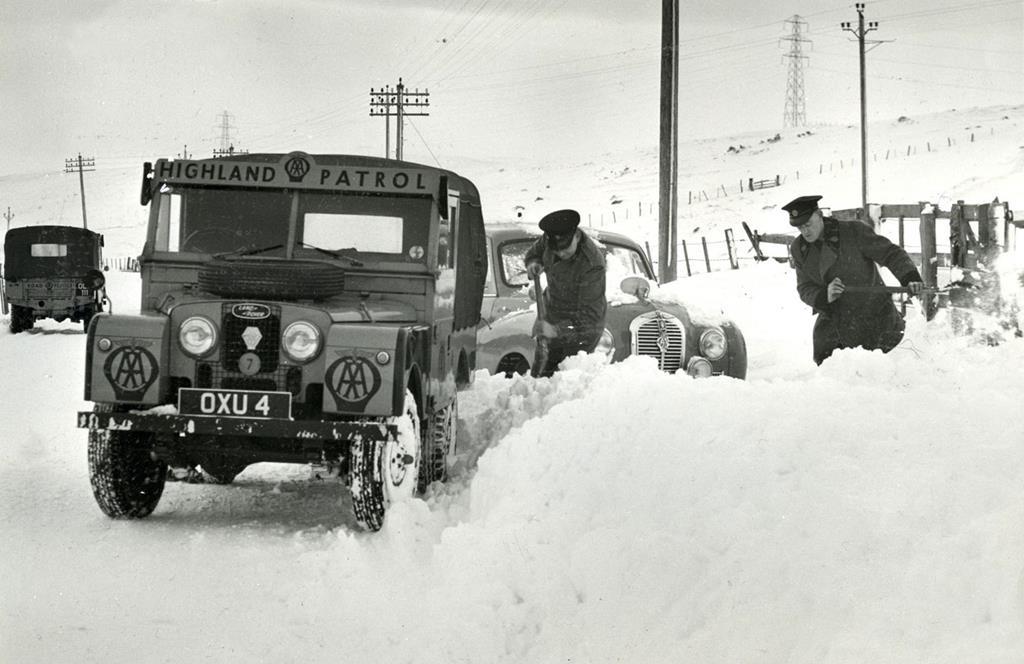
It is the demonstration of these abilities which leads to the Land Rover Experience instructor cutting our vehicle’s power. The latest models – looking much like the original version with their exposed rivets, simply-formed aluminium panels and separate chassis – feature modern diesels and clever four-wheel-drive control.
With the engine off, our ascent is halted; there is an eerie silence without the diesel’s chatter and a nervous right foot presses the brake pedal, preventing a rapid rearward descent. Firing-up once more, the mud-splattered Defender brushes aside such nonsense and we pull forward effortlessly up and over the bank and on to the next challenge.
Having driven many Series and Defender models, it is easy to look at them through rose-tinted spectacles. When up to one’s differentials in mud or traversing uneven ground, multiple air bags and a light clutch are the last things to worry about. On the open road though, the Defender does feel its age.

The trade-off with a vehicle initially marketed as a tractor is of course its level of sophistication.
Other models from the Land Rover stable provide levels of luxury never contemplated when Maurice Wilks famously drew his design for the original Land Rover in the sand on a beach in Anglesey, but in spite of this the utilitarian Defender has always had its place.
Current legislation is finally putting an end to the Defender’s production, so 2015 is a year of celebration and the expected clutch of special editions.
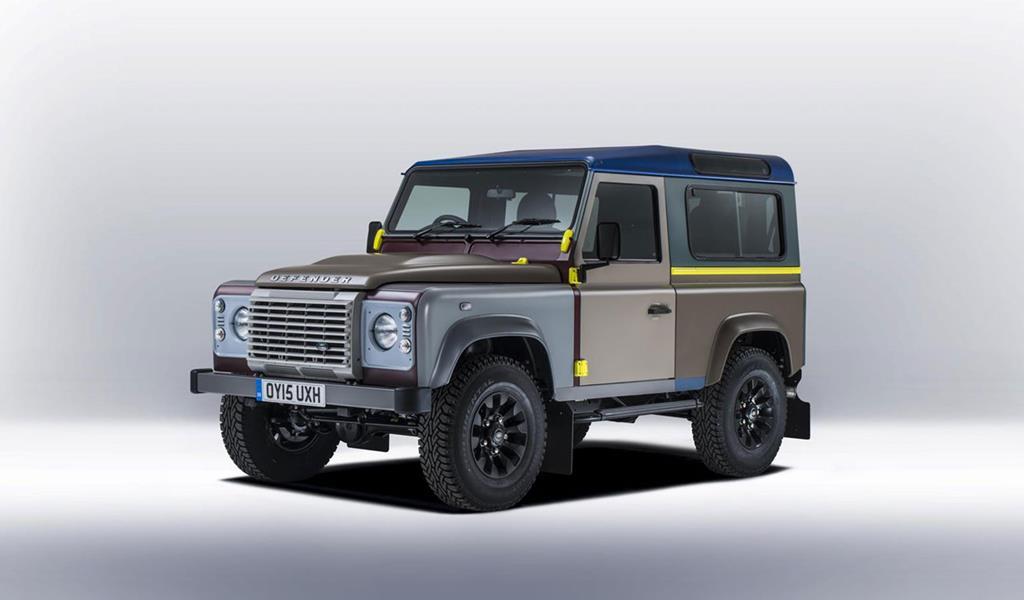
Already we have seen the tailor-made Defender for Paul Smith and a one-off to carry the Rugby World Cup trophy. Land Rover has also made available some of its beautifully-maintained early vehicles for use on the Heritage Driving Experience events. For the grand finale, we have the uniquely-badged Heritage and Adventure editions, celebrating the very first production Land Rover and G4 expedition models. They look smart and of naturally come with a lifetime of off-roading heritage. One or two of these final production Defenders might remain in pristine condition in collectors’ garages. Let us hope the rest are out adventuring as designed.


